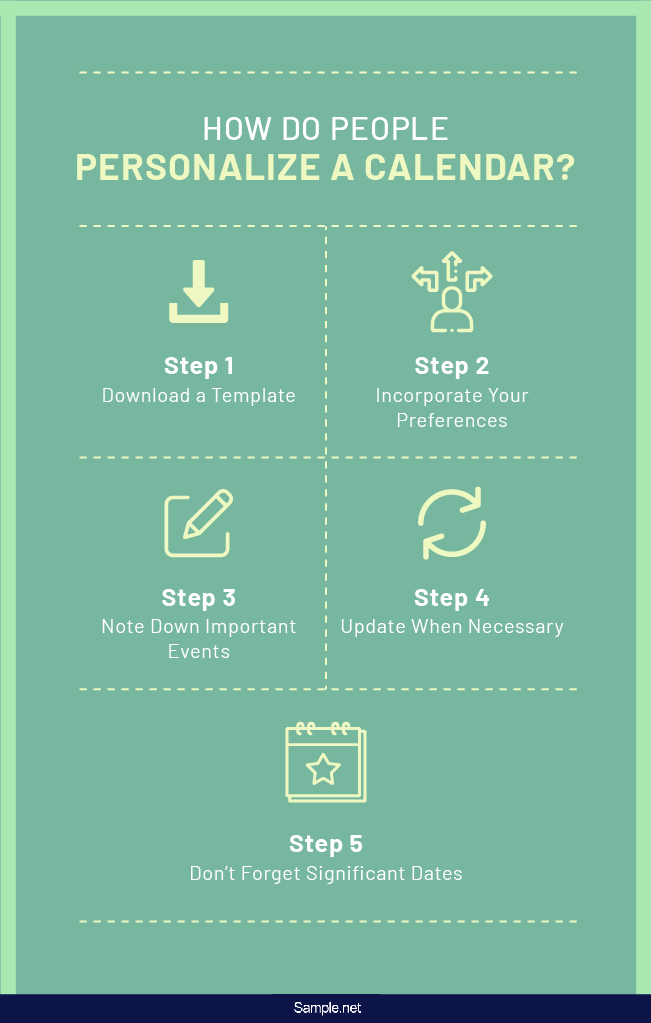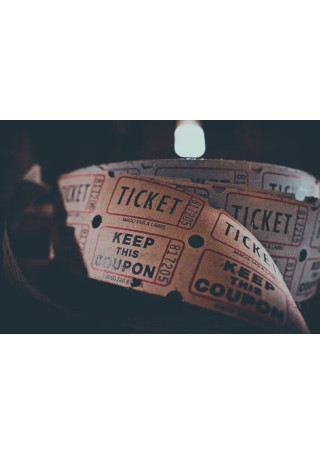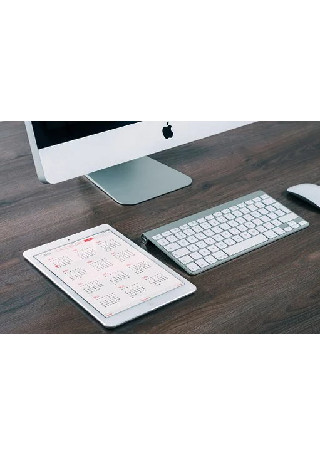Coca-cola has opened happiness to its customer's lives as it issued the first coupon during the 1880s. Before this drink dominated the market, Asa Candler, the one who developed Coca-cola,…
continue reading
45+ Sample Printable Calendars
-
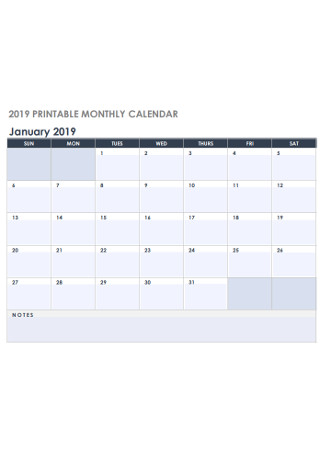
Printable Monthly Calendar
download now -
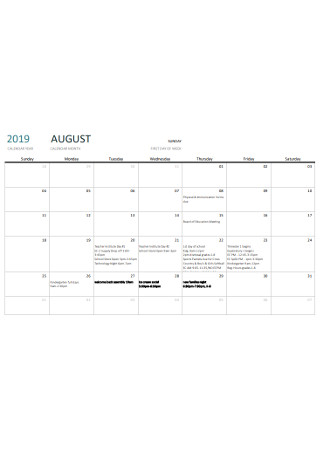
Weekly Calendars Template
download now -
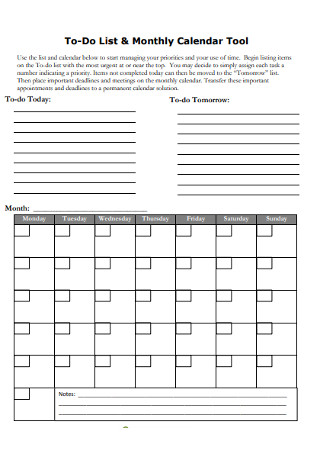
Monthly Calendar Tool Example
download now -
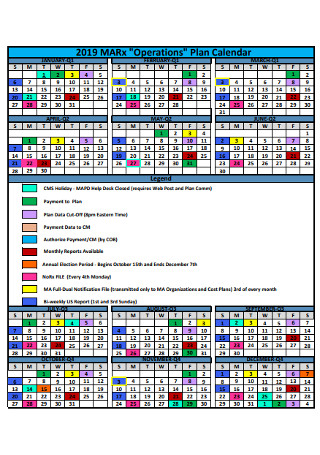
Yearly Operation Plan Calendar
download now -
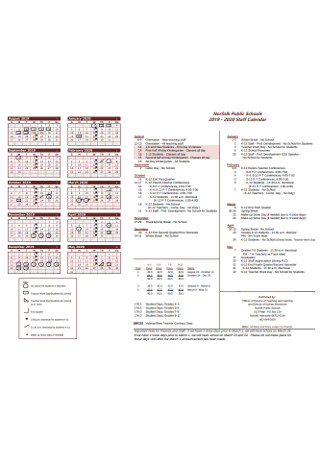
Yearly Staff Calendar Template
download now -

Public School Year Calenedar
download now -

Academic Year Calendar
download now -
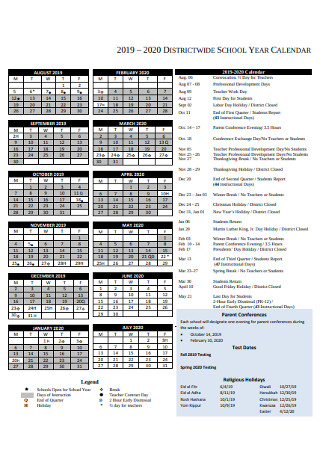
District School Yearly Calendar
download now -
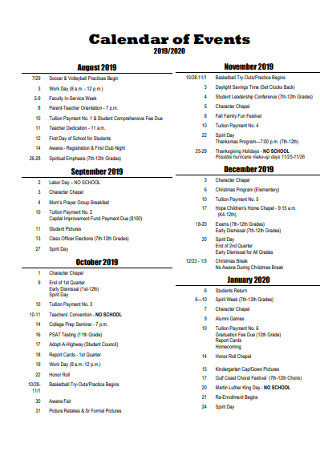
Yearly Calendar of Events
download now -
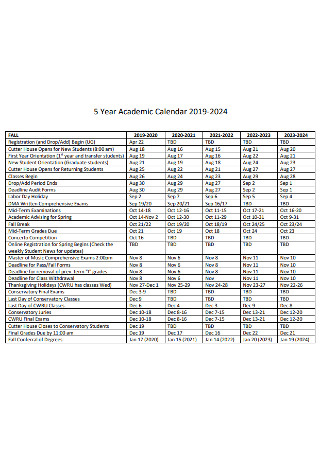
Five years Academic Year Calendar
download now -
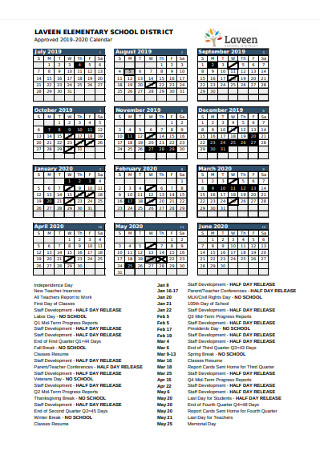
Elementary School Year Calendar
download now -
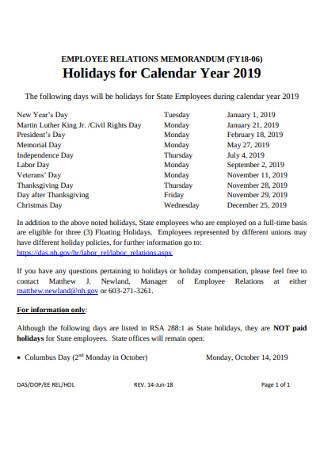
Employee Holidays for Calendar
download now -
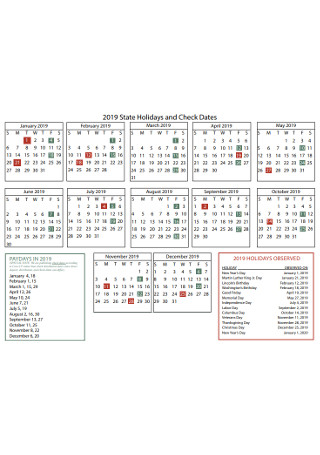
State Holidays and Check Dates Calendar
download now -
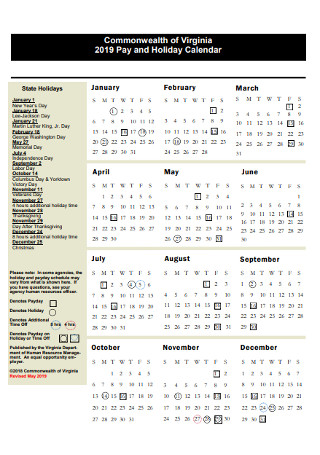
Commonwealth Pay and Holiday Calendar
download now -
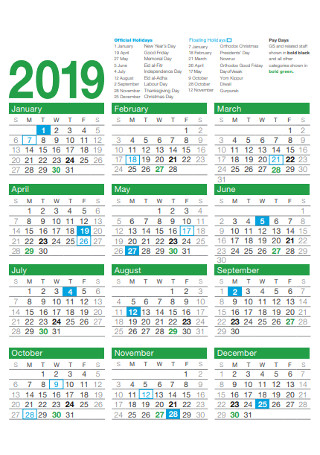
Official Year Holiday Calendar
download now -
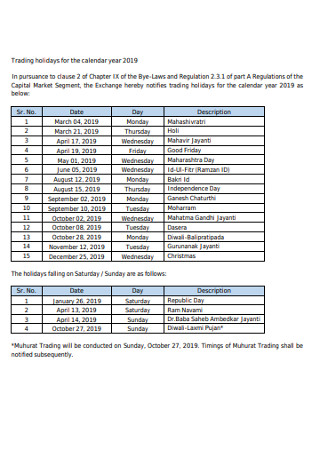
Trading Holidays for the Calendar
download now -
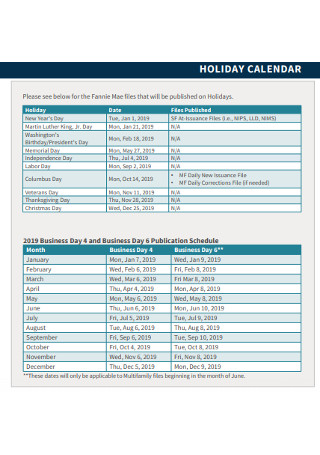
Sample Holiday Calendar
download now -

Calendar Year Holiday Schedule
download now -
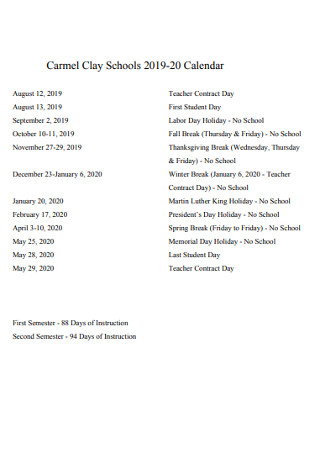
Schools Holiday year Calendar
download now -
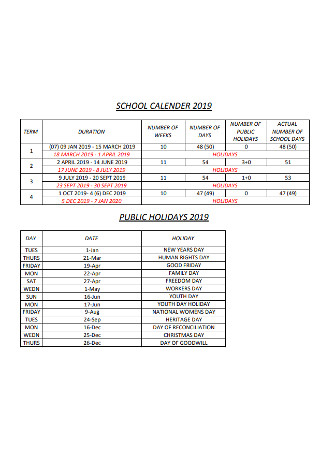
Public Holidayes Calendar
download now -
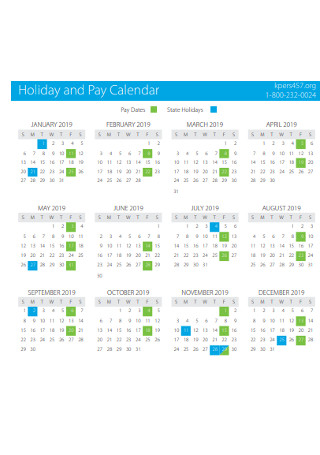
Holiday and Pay Calendar
download now -
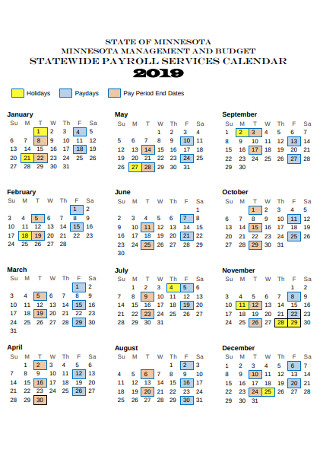
Payroll Yearly Service Calendar
download now -
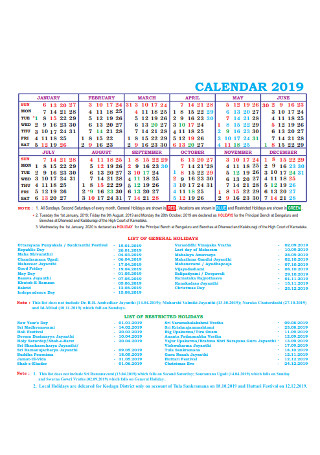
High Court Year Calendar
download now -
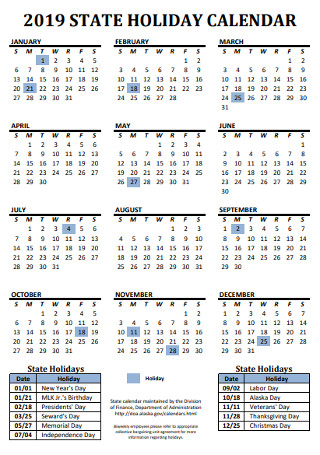
Sample State Holiday Calendar
download now -
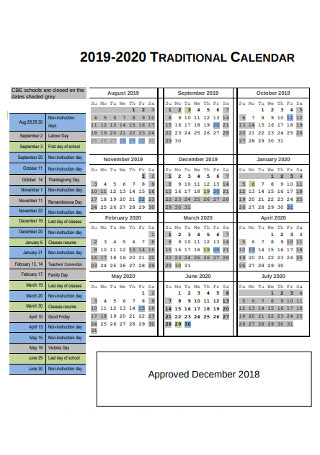
Year Traditional Calendar
download now -
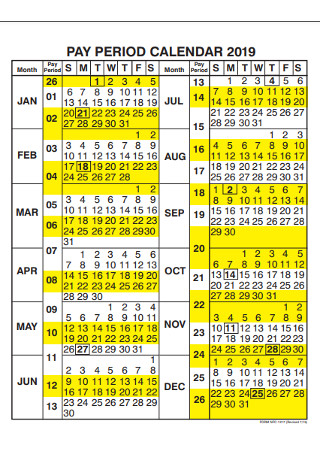
Pay Period Calendar
download now -
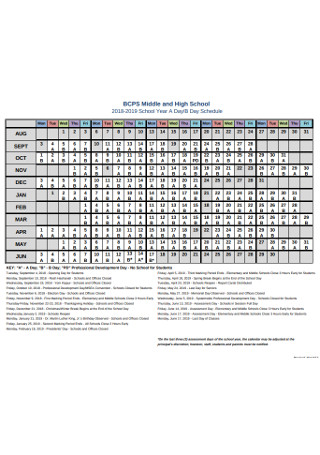
High School Calendar
download now -
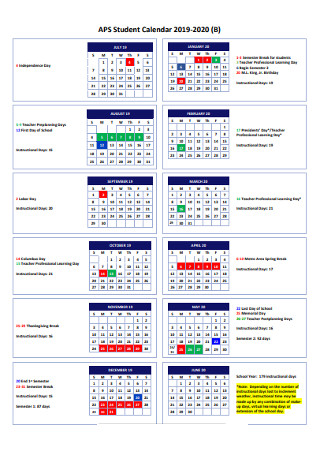
Year Student Calendar
download now -
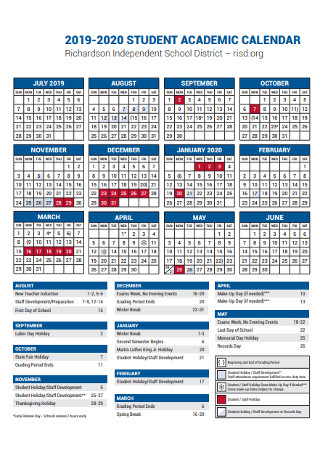
Student Academic Year Calendar
download now -
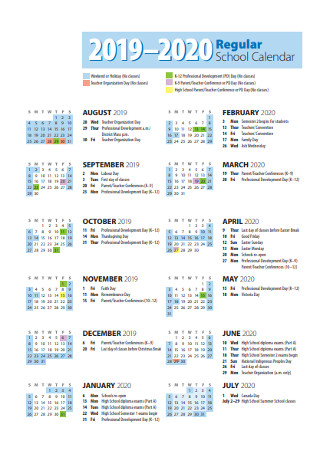
School Regular Calendar
download now -
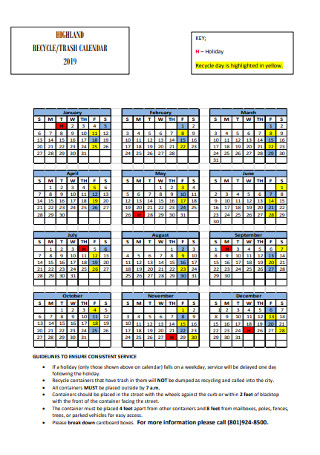
Trash Calendar
download now -
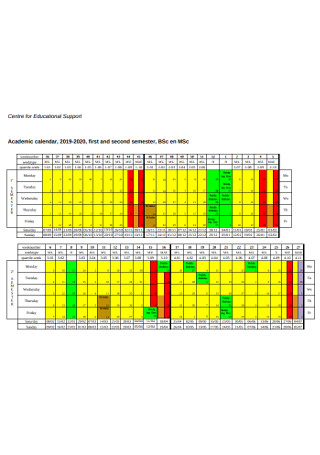
Academic Semisters Calendar
download now -
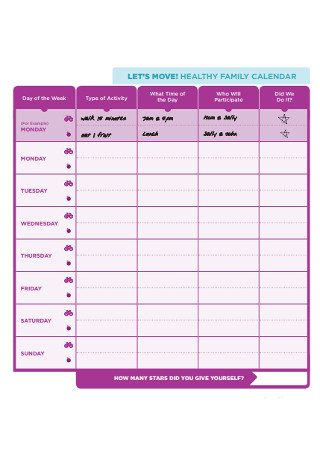
Healthy Family Calendar
download now -
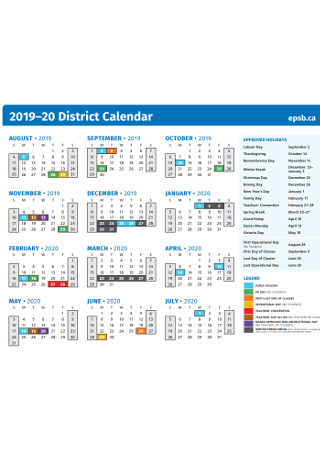
Sample District Calendar
download now -
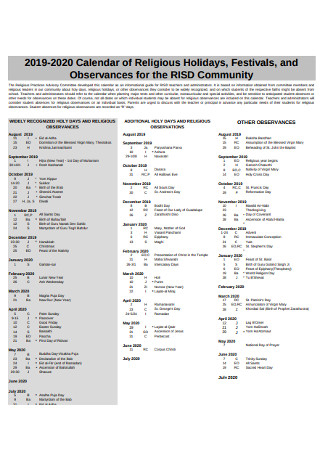
Calendar of Religious Holidays
download now -
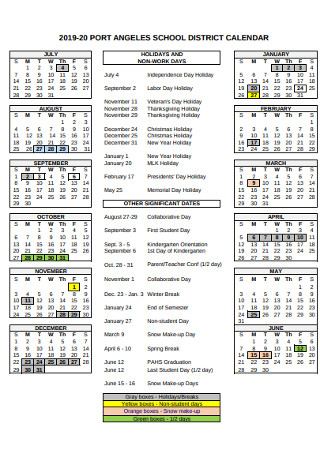
Port School Calendar
download now -
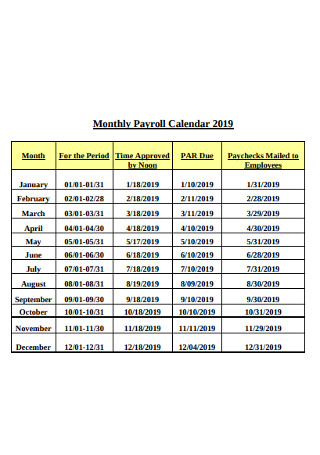
Monthly Payroll Calendar
download now -
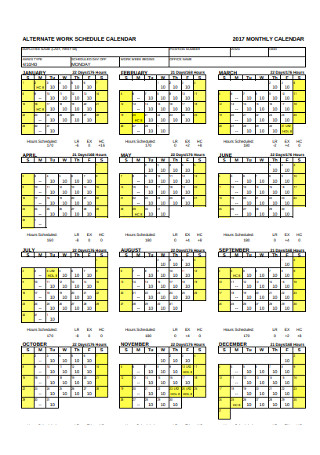
Monthly Work Calendar
download now -
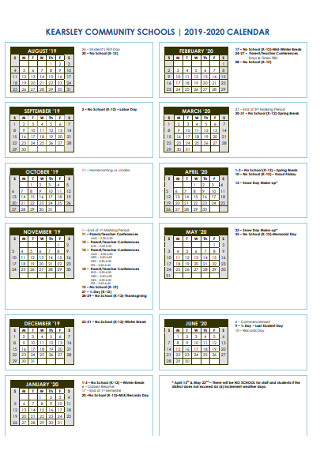
Community School Year Calendar
download now -
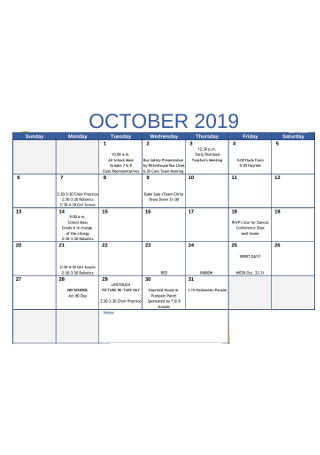
Basic Monthly Calendar
download now -

Sample Model Calendar
download now -
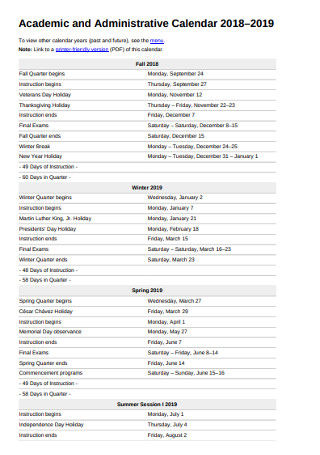
Academic and Administrative Year Calendar
download now -
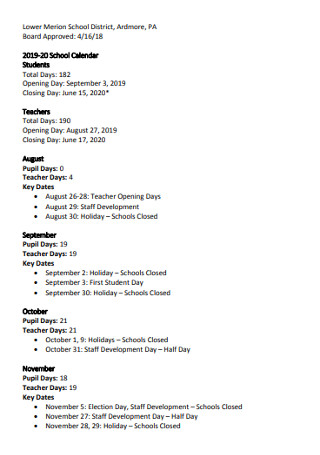
School Student Year Calendar
download now -
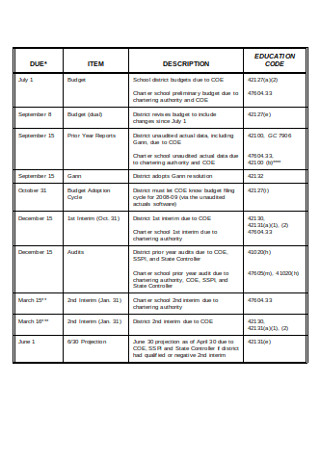
Financial Reporting Year Calendar
download now -
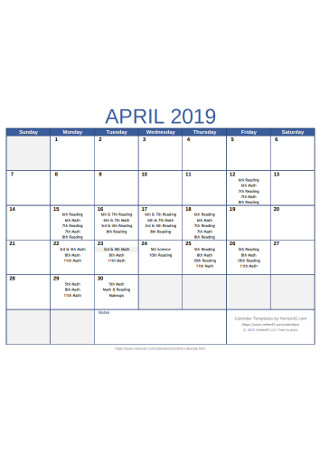
Simple Monthly Calendar
download now -
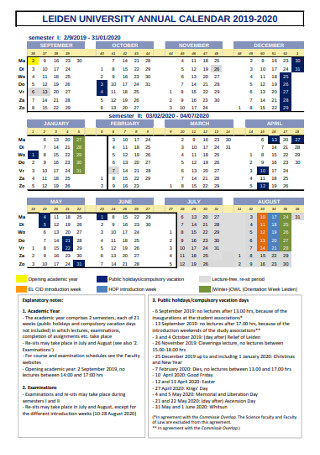
University Annual Monthly Calendar
download now -
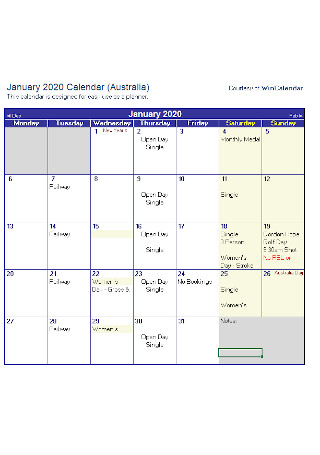
Sample Monthly Calendar Template
download now -
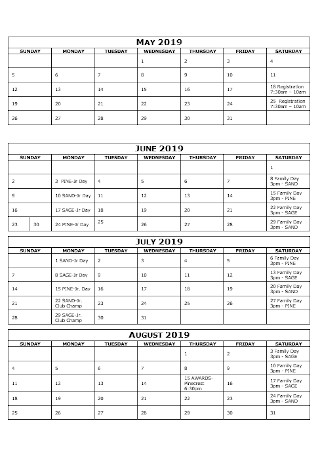
Four Months Calendar Template
download now -

Full YEar Calendar Template
download now
What Is a Calendar?
As you are no doubt aware, a calendar is a chart or a tabular representation of the days, weeks, and months of the present year. It is a systematic approach to organize events for social, religious, or personal purposes. Moreover, a calendar gives people a clear idea of the seasonal changes throughout the year. It enables individuals to keep track of special events such as birthdays, anniversaries, and holidays. Regardless of the rise of technology, though, printed calendars have proven its significance across the globe. Aside from digital calendars, we still see calendars printed on paper and placed on walls, desks, or pockets.
Calendars: The Holiday Edition
A calendar shows us whether it’s still the 1st day of the month or already the 30th, Monday, or Sunday, January or December. Other than the things mentioned, what else does a calendar include? Holidays. A year does not go by without holidays. Since time immemorial, countries in different corners of the world observe diverse festivities and rituals. During these times of the year, there will be an interruption or changes in the normal activities of the people under the jurisdiction of the place where the holiday was celebrated. Often, the government mandates the suspension of classes or reduction of time to work for businesses. For this reason, the first thing most people check when they go through a calendar is the holidays. Here are some of the holidays which people from different nations celebrate:
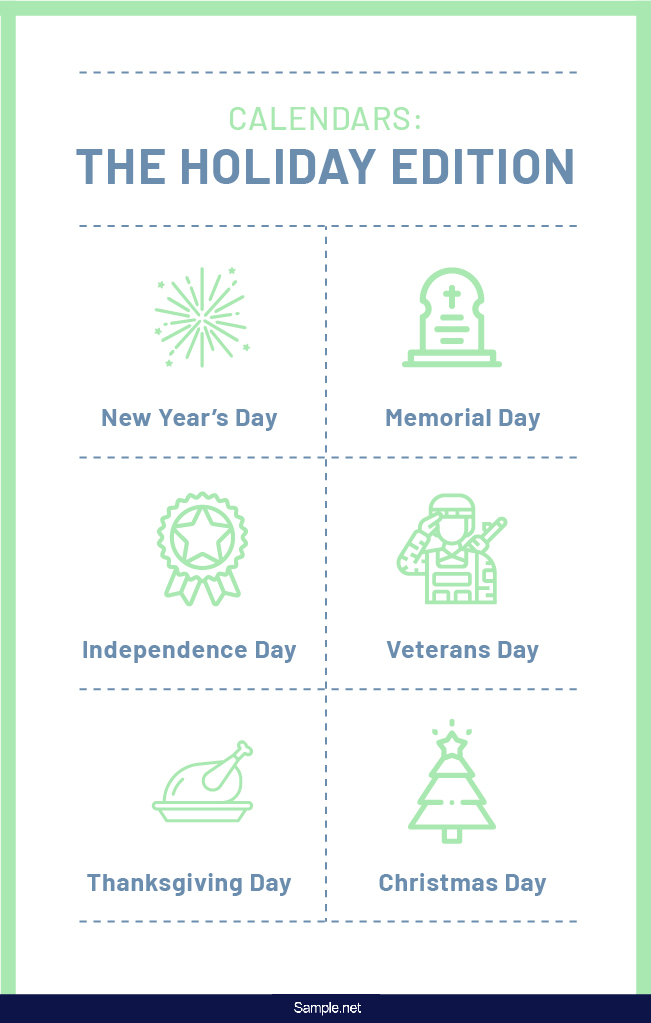
How Did the Calendar Come to Be?
Long before the existence of calendars, people from the old ages adopt various methods to measure and keep track of time. During this era, the celestial bodies play a significant role in time-telling. The patterns of the stars and the movements of the moon and sun enable our ancestors to measure the length of days and nights. Inventions such as oil lamps, candle clocks, and hourglasses were also made to regulate the time. In this section, let us take a look into the yesteryears of a calendar.
Roman Calendar
Introduced in the 700s BCE, the Roman calendar is a time-telling system used in ancient Rome. The calendar originally has ten months—March being the first month of the year. It was then followed by Aprilis, Maius, Junius, Quintilis, Sextilis, September, October, November, and December. Unlike the number of days per year that we know of today, the Roman year only lasted for 304 days, without taking into consideration the remaining 61 days of winter. If you ever wondered why September isn’t the seventh month of the year, it is because at around 703 BC, Numa Pompilius, who was a Roman ruler, added two months in the calendar. These months are what we now know as January and February.
Julian Calendar
As a reform of the Roman calendar, the Julian calendar was introduced during 46 BC. And for about 16 centuries, people in various places in the world make use of it. The calendar that was named after Julius Caesar comprises 365 days or 12 months.
Gregorian Calendar
Named after Pope Gregory XIII, the Gregorian calendar superseded the Julian calendar. Although it was introduced in 1582, people embraced the new system in different years. The goal of Pope Gregory XIII when he proposed this calendar was to change the date of Easter. Up until today, the Gregorian calendar is the widely used calendar in different parts of the world.
How Do People Personalize a Calendar?
A calendar is more than just a sheet of paper attached to the walls. It’s more than just the lines, numbers, and letters reflected on your screen. It bears a great significance in your life more than you think it is. Without calendars, you will be oblivious of what is happening around you. While a simple and generic calendar enables you to keep track of the dates, nothing beats the advantages a personalized calendar can give. In this short guide, we have outlined a step-by-step guide to help you create a calendar.
Step 1: Download a Template
Creating calendars will really take much of your time, especially when you have to create one from a blank page. To save you from this hassle, downloading an editable and printable calendar template will be the best option you have to make. In this article, we have compiled the best calendar templates for you. Make sure to select the one which will best suit your needs. You may also take a look at these blank calendar templates and download the one you prefer the most.
Step 2: Incorporate Your Preferences
After downloading a template, open it on your preferred application, and edit its content for the calendar to fully serve its purpose. You may alter its colors, font styles, and background design so that the material would not just be useful, but also visually pleasing. If you are creating a monthly calendar, you may also incorporate in your design the theme tied to each month of the year.
Step 3: Note Down Important Events
For some people, the primary purpose of calendars is for them to have a constant reminder of their appointments, celebrations, holidays, and other important events. Therefore, see to it that you note down in your calendar every important event in your life—from federal holidays to birthdays. Aside from these, a calendar can also help you declutter your preoccupied mind. You can write in your calendar the tasks you need to carry out and their respective due dates. Doing so helps you avoid missed deadlines and procrastination, especially when you are in school or at work.
Step 4: Update When Necessary
There may be days we deem ordinary, but we may never know when things are going to change. A simple day may eventually become a day to remember. When this happens, never forget to make changes and update your calendar. Also, if you have new tasks to accomplish—be it long-term or short-term projects—always note it in your calendar. It is important to update your calendar regularly so that you can prevent overlapping schedules or missed appointments. You may never know, an up-to-date calendar may be your key to success.
Step 5: Don’t Forget Significant Dates
Have you ever have that “I think there’s something important today.” moment? Or those times when you feel like there is something worth celebrating, yet you fail to recall what it exactly is? When you experience this, the next thing you’ll probably do is check your calendar or your social media account—where most people share their precious moments. However, it is not enough that you write down essential days in your calendars, you should also never fail to remember the most significant dates of your life and the people important to you.
